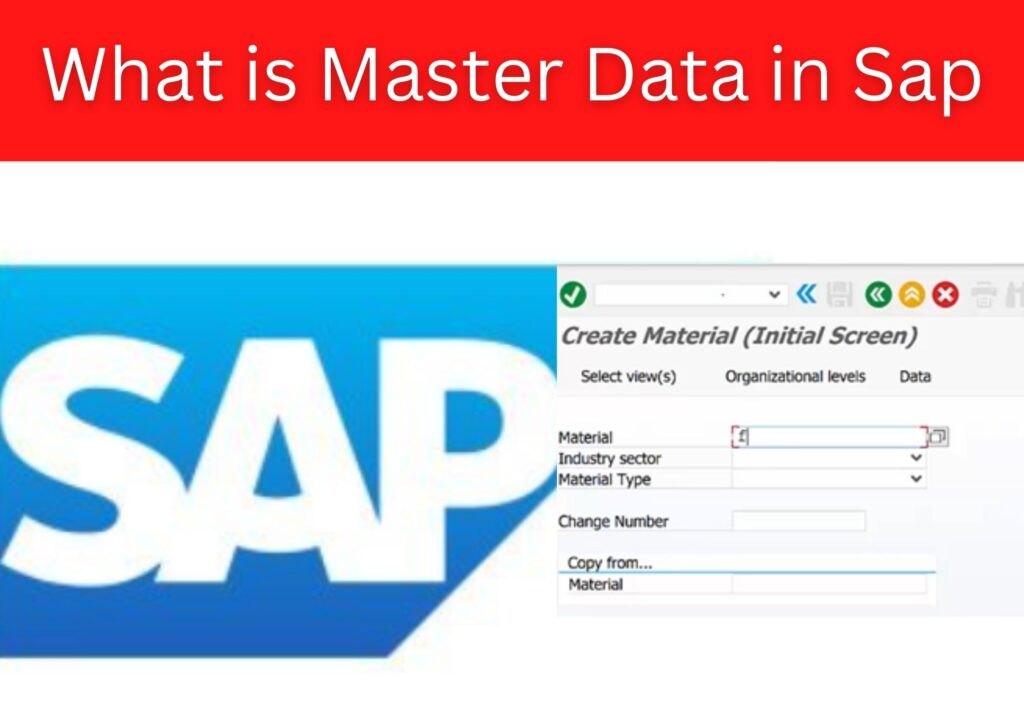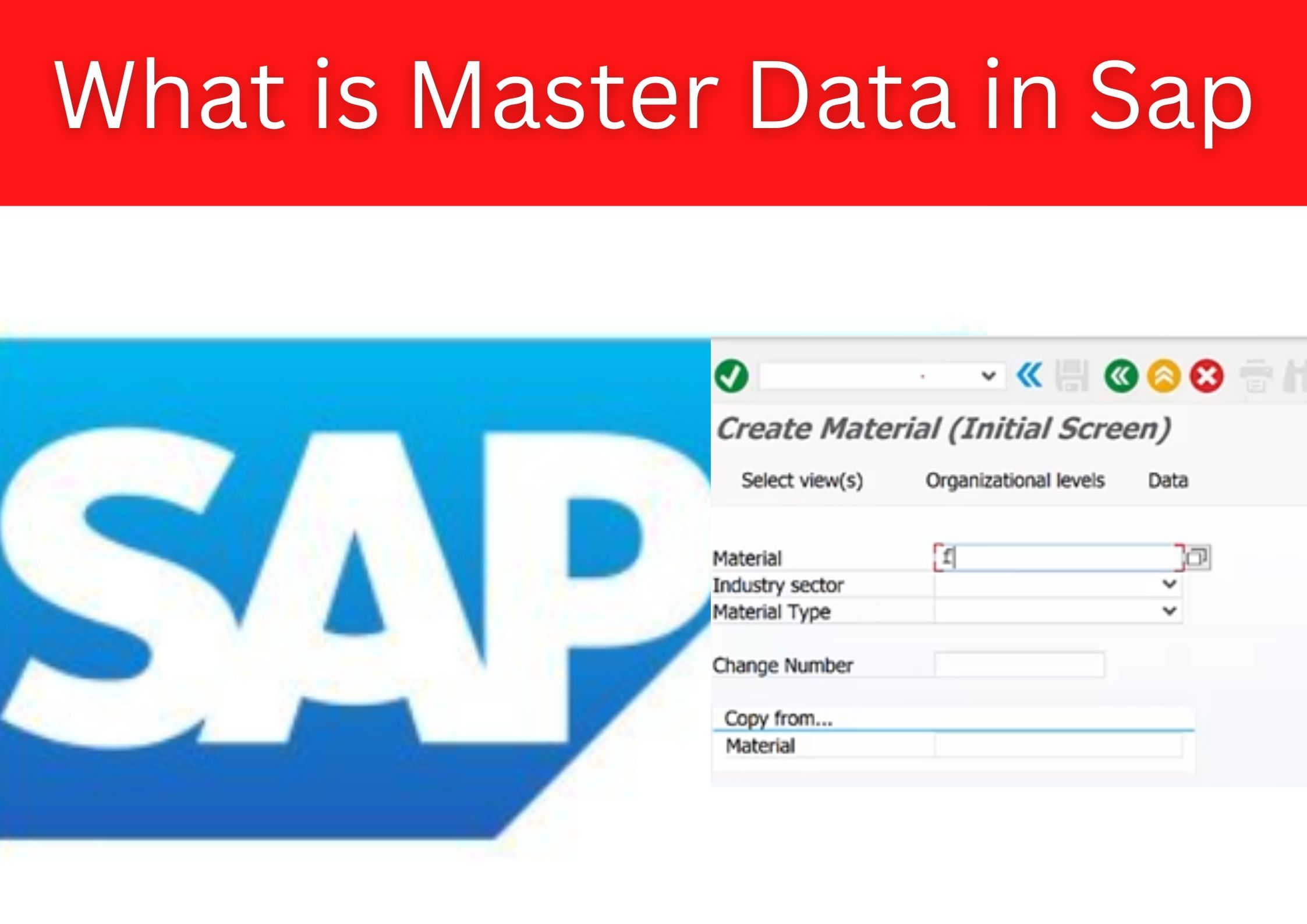In SAP MM (Materials Management), master data is the foundational information that forms the basis of various business processes related to material management. It’s like the backbone of the system, providing essential details needed for smooth operations. Here’s a breakdown of the main types of master data in SAP MM

Material Master: This is the core of master data in SAP MM. It contains comprehensive information about all the materials a company deals with, including descriptions, types (like finished goods or raw materials), dimensions, weights, pricing, and units of measure.
Vendor Master: Vendor master data holds details about the suppliers or vendors from whom the company procures materials or services. It includes vendor names, addresses, contact information, payment terms, and terms of delivery.
Purchasing Info Records: These records store specific conditions negotiated with vendors for particular materials. This includes pricing, lead times, minimum order quantities, and other purchasing terms agreed upon with vendors.
Source List: The source list is a list of approved vendors for specific materials. It specifies which vendors are permitted to supply which materials, providing clarity and control over procurement processes.
Quota Arrangement: Quota arrangement helps in procurement planning by determining the percentage of materials to be procured from different sources. It ensures fair distribution among approved vendors and helps in managing supply chain risks.
Also Read: Automatic account determination in SAP MM
Accurate and up-to-date master data is crucial for efficient procurement, inventory management, and other related processes within SAP MM. It serves as a reference point for various transactions and ensures consistency and accuracy in business operations. Maintaining master data integrity is essential for optimizing supply chain processes and enhancing overall business performance.
